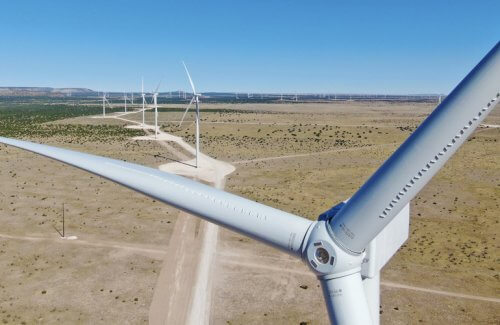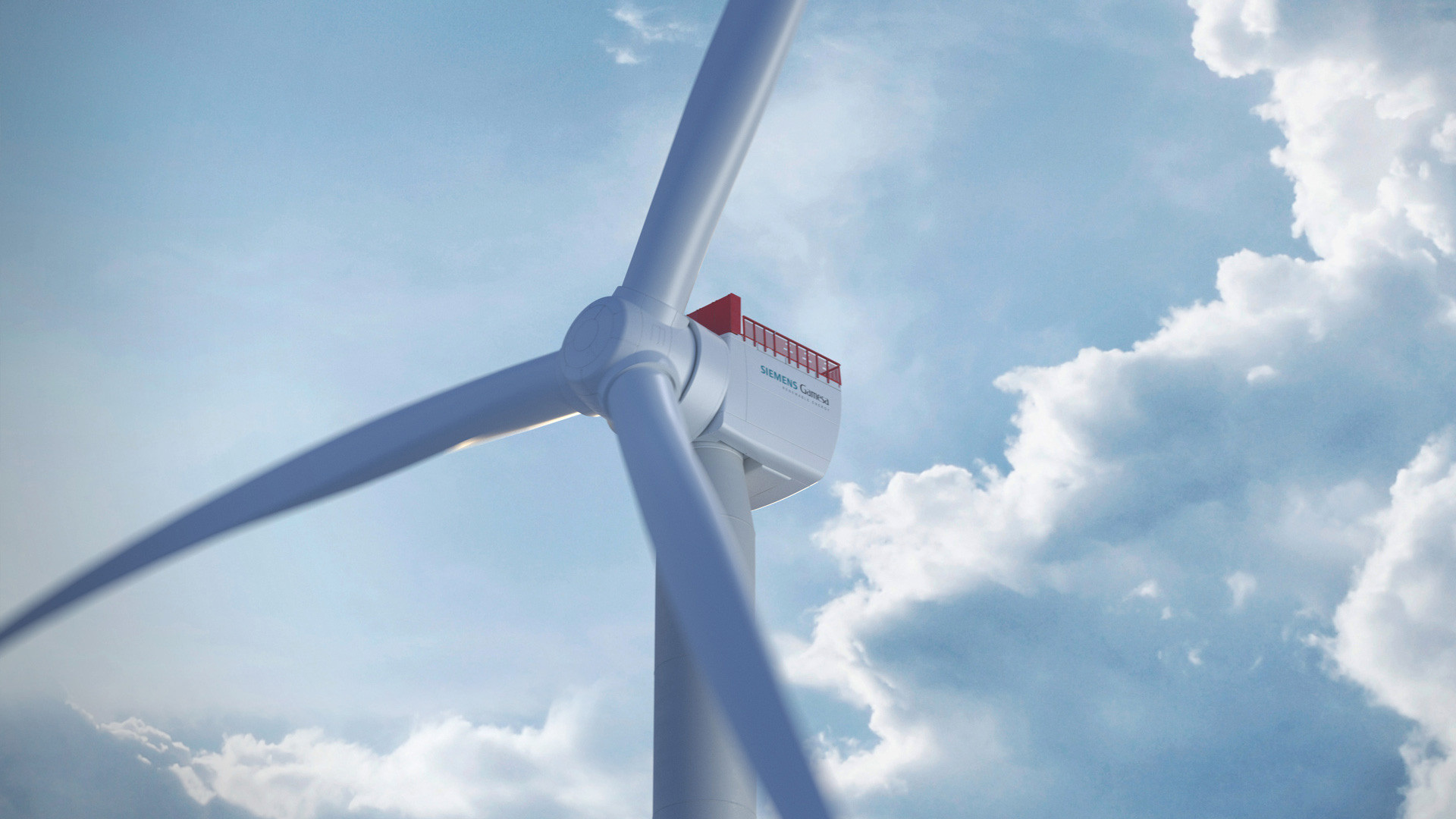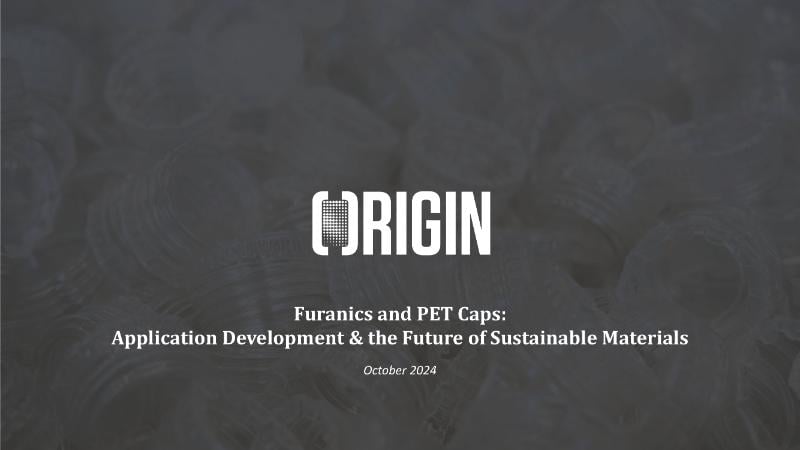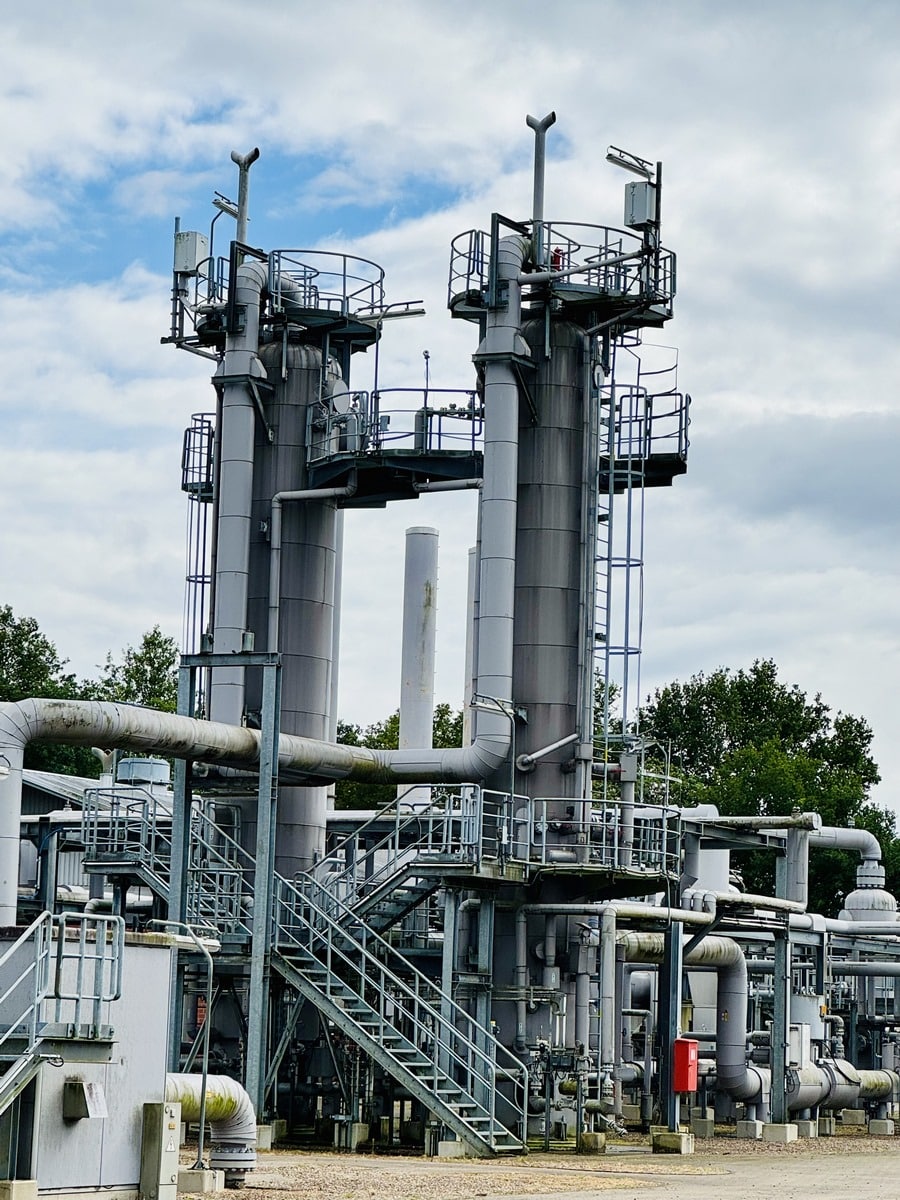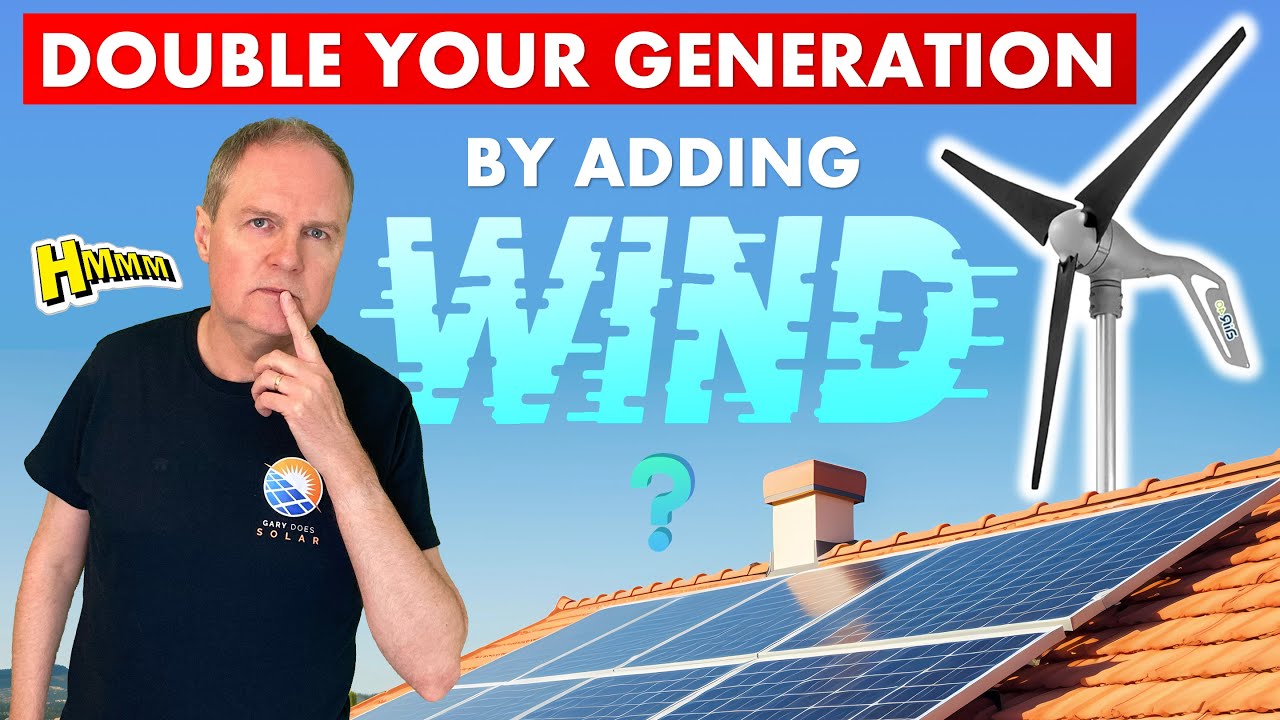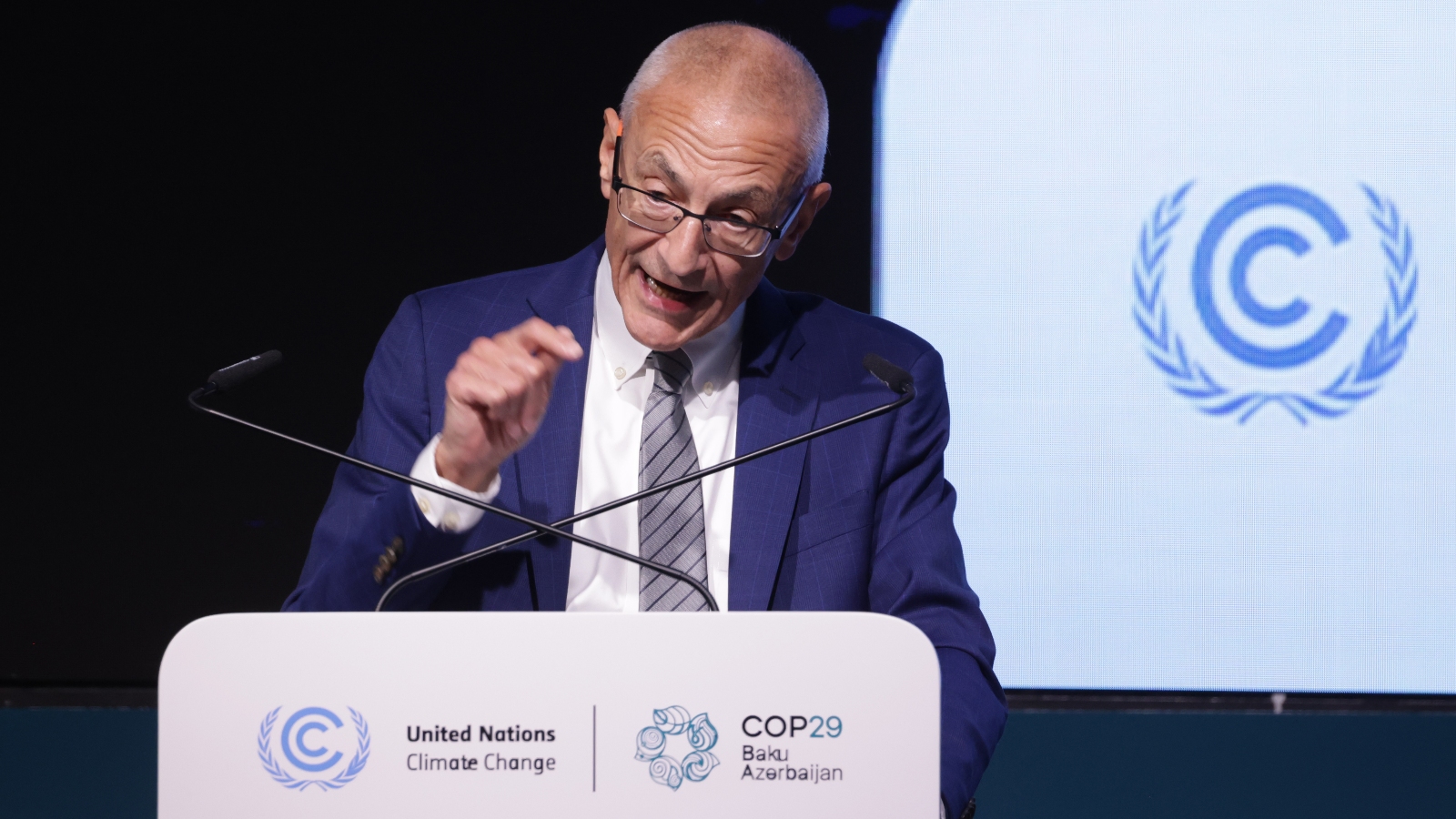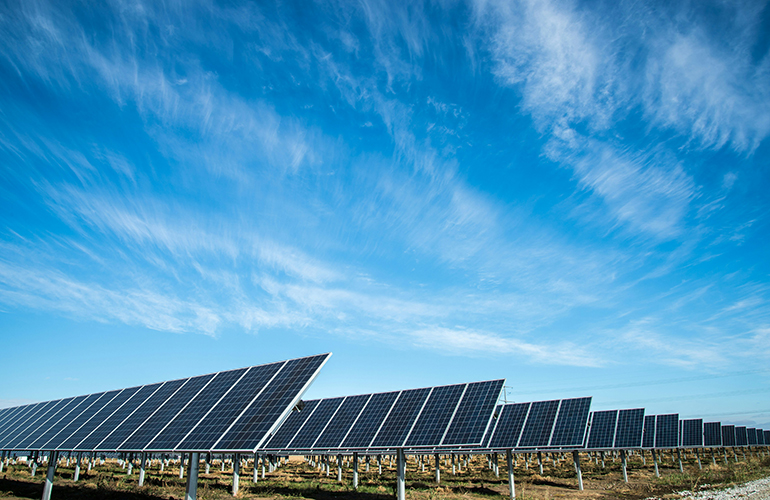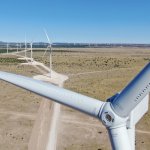
The United States is on pace to miss its climate goals by a wide margin. In the 2015 Paris Agreement, the country pledged to cut greenhouse gas emissions by 50% by 2030. But as of January 2024, nine years on, the reduction has been only 17%, leaving the remaining 33% to be eliminated over the next six years and requiring a threefold increase in the reduction rate.
While it is easy to point fingers at bad policy, bureaucratic red tape, lack of political will, Big Oil and a host of other factors, the full story is that this goal was always going to be challenging to meet from a logistical standpoint, irrespective of people-related roadblocks. With 3 TW of clean projects stuck in the development queue, and an average approval time of over four years – many of these projects will wait four years only to be denied, hurting developers and their relationships with project financing providers.
The primary bottleneck to clean transition is the grid itself: namely, many parts of the grid are too congested to support new generation projects, and new transmission infrastructure takes 10-12 years to build. This process cannot be sped up either. Planning requirements are extensive, and transmission infrastructure often affects hundreds or thousands of stakeholders who have a right to contest and appeal proposed construction. Thus, the average transmission project typically doesn’t begin actual construction until seven or eight years after project initiation. This means that if all new transmission infrastructure required to meet our climate goals by 2030 were started today, construction on most of them wouldn’t even begin until after the 2030 deadline has passed.
Low-hanging fruit
One workaround to this problem is upgrading existing wind farms with new technology, a practice known as repowering. Wind turbines, like all mechanical applications, degrade over time, becoming more prone to outages and less productive when running. While many parts of the grid remain too congested to connect new projects, much of the transmission infrastructure built specifically for existing wind farms is likely being underutilized because their partner wind farms are no longer operating at peak capacity.
There are many benefits to upgrading existing projects over developing new ones. Existing wind farms are geographically located in areas that have the strongest wind resources, which is why those sites were developed first. New grid technologies, which pair especially well with wind energy, can cheaply increase transmission capacity. One such technology are dynamic line rating (DLR) systems, which make it possible to safely transmit bonus power above ordinary transmission limits, as long as the DLR systems show transmission lines are effectively dissipating excess heat – something that happens when the wind is blowing. Finally, it is far less complicated and time-consuming to upgrade existing transmission lines than it is to build new ones, meaning it would be much faster to expand existing wind farm transmission capacity whenever needed than to develop new sites. More redevelopment means less development of new habitats and scenic views.
Wind turbine technology has radically improved over the last decade, due to advances in material sciences that allow us to build bigger, more efficient blades. Likewise, a few decades of data collection have resulted in more productive and durable mechanical systems. Twenty years ago, the average capacity of an onshore wind turbine was less than 2 MW. Today, onshore turbines are twice the physical size on average, can reach 16 MW in capacity, are expected to last longer and can extract substantially more power than their older counterparts due to their superior length. They are becoming ever more sustainable too, as substantial progress has been made in developing blades with better recyclability in mind.
Costs and benefits of repowering
The case for repowering is supported in several ways. The EPA estimates that the average household emits seven tons of emissions each year by consuming 11,300 kWh of electricity. According to the EIA, wind generates 425 billion kWh of electricity in the United States each year. By increasing wind output by just 20% – something that could likely be achieved through repowering – we could provide clean electricity for an additional 7.5 million households. While this alone won’t meet our climate goal, it puts a substantial dent in the issue without requiring any new wind or transmission development.
It also makes practical sense to upgrade wind technology. In the last 15 years, there have been 14 new generations of iPhone. Most of us have replaced our devices during this period multiple times to take advantage of technological advances that ensure better performance and durability. Throughout human history, humankind has constantly developed new technology to replace the old. Why would we not do so for wind, especially when the need to upgrade is particularly urgent?
Finally, the economics are undeniable. Technological advances have made wind the least expensive power on the planet, cheaper than coal, natural gas and solar. According to the DOE, investment in U.S. onshore wind energy alone was nearly $11 billion last year, but this accounts for a small amount of the total economic activity wind generates. Suppose the power is diverted to new data centers fueling growth in AI, or to new manufacturing plants. Those facilities will attract investment and pay salaries that contribute to economic growth as well. Additionally, those new plants and data centers will increase demand for raw materials and raise the productivity of information-based workers creating an economic flywheel that magnifies its value far beyond the initial investment.
At a time when decarbonization must be accelerated to meet critical climate goals, taking advantage of the many repowering opportunities that exist today is critical and should be prioritized.
Filed Under: Featured

